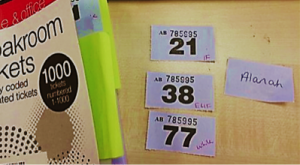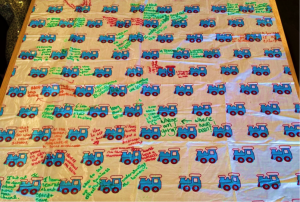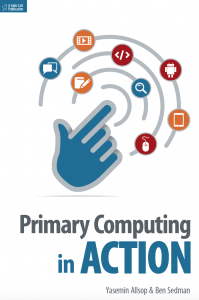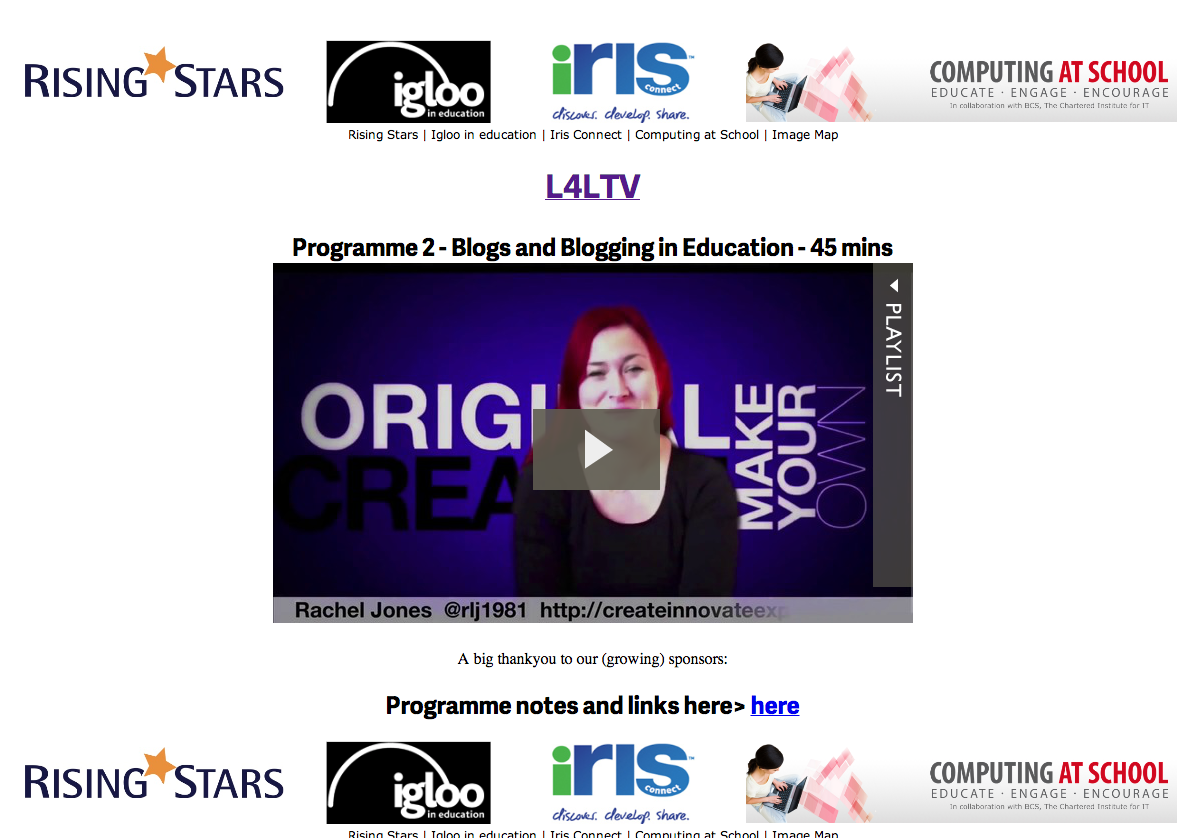by Fereshteh Forough Founder and CEO, codetoinspire.org
 What happens if you lock 50 percent of a society’s population at home? During the Taliban regime, women had almost zero percent participation in social activities, education and in the workforce. Women were not allowed to leave home without a male companion. I was born as an Afghan refugee in Iran during the USSR invasion to Afghanistan. One year after the fall of Taliban, my family and I moved to Afghanistan. I got my Bachelors degree in Computer Science from Herat University and Master’s degree from Technical University of Berlin in Germany.
What happens if you lock 50 percent of a society’s population at home? During the Taliban regime, women had almost zero percent participation in social activities, education and in the workforce. Women were not allowed to leave home without a male companion. I was born as an Afghan refugee in Iran during the USSR invasion to Afghanistan. One year after the fall of Taliban, my family and I moved to Afghanistan. I got my Bachelors degree in Computer Science from Herat University and Master’s degree from Technical University of Berlin in Germany.
Looking back to Afghanistan during the Taliban regime in 2001, there were only fewer than a million students in Afghanistan with almost zero percent of girls. Currently there are more than 8.3 million students across Afghanistan which 40 percent of them are girls .
 Considering Afghanistan as a country with an old history, there are still cultural, traditional and social issues which prevent women to communicate and grow within the community. I was teaching as a professor in Herat Computer Science faculty for couple of years. To be a female professor, student or entrepreneur in Computer Science field for an Afghan woman has its own unique challenges and obstacles considering it as a global matter for women around the world as well.
Considering Afghanistan as a country with an old history, there are still cultural, traditional and social issues which prevent women to communicate and grow within the community. I was teaching as a professor in Herat Computer Science faculty for couple of years. To be a female professor, student or entrepreneur in Computer Science field for an Afghan woman has its own unique challenges and obstacles considering it as a global matter for women around the world as well.
 Imagine you are a female student graduating having studied Computer Science in Afghanistan, you are ready to join the workforce and apply what you have learned, although there are some major factors which makes it very difficult to pursue what you want.
Imagine you are a female student graduating having studied Computer Science in Afghanistan, you are ready to join the workforce and apply what you have learned, although there are some major factors which makes it very difficult to pursue what you want.
• Safety and security barriers: despite the positive signs of improvement in Afghanistan, still it has been suffering from ongoing conflict and war zones in certain areas that limit women traveling by ground. Majority of families prefer that women travel by plane. Although it is the safest and fastest option it’s also costly and not a lot of family can afford to purchase the tickets. If a woman finds a job offer outside of her hometown, not a lot of families let their daughters travel and live alone in another another city considering the security issue.
• Social and Cultural concerns: many families are cautious about their daughter’s job employment. many of them prefer their daughter to become a teacher, because it is a well respected job in the society and you are getting paid and only deal with women. Therefore, many for graduating students from computer science may become a teachers and won’t be able to use the knowledge they have learned at school in the way they want.
• Women entrepreneurs and tech start ups: If you are an woman in Afghanistan and established your tech startup, considering the male dominated market(which is a global issue too), there is a considerable social issue that you have to deal with it. Based on my personal experience when you are approaching customers who are mainly men and explain how you can help them with your tech skills, either by designing website, developing Information Management Systems or any thing they are looking for, most of the time they don’t believe in a women’s skills or abilities. They respond, “We don’t think women can do that!”
The above reasons and many others helped me to establish Code to Inspire, a 501(c)3 nonprofit in January, 2015. CTI’s mission is to educate, inspire and empower women in Afghanistan by teaching them how to code and by improving their technical literacy so they can find future internships and jobs opportunities online.
We established the first coding school for girls in Afghanistan in November 2015 at Herat which is located in Western part of Afghanistan. It is a safe and secure educational environment where we host 50 girls from high school daily. All the girls studied computer science. CTI provides a one year educational curriculum for girls which is free of charge. We are teaching students from high school how to design websites, code in HTML, CSS and Javascript, and how to use social media(e.g. Twitter and Linkedin) to engage a larger audience and make a professional profile. Once we involve high school girls in the tech world, we encourage them to select computer science as their major when they are entering college to decrease the gender gap.
Our targets are girls who are currently studying computer science or girls who have recently graduated.With the computer science students, we are developing mobile applications. The students will find a real issue in society and try to develop an App solution for that, with a real use case. Not only will they learn teamwork and how to make a product from scratch to the final stage but there are will be social impact issues as well. Imagine the guy who didn’t believe in women’s technical skills, all of a sudden using an App that was developed and designed by women and is actually is solving an issue. When he starts using app, his act will be empowering women too. One of the most important challenges that we are going to tackle with CTI, is to find internships and job opportunities for our female students online and to help them earn an income. Thanks to recent technological achievements, the only thing you need to connect to the whole world faster, easier, without geographical/physical boundary is a computer and Internet connection.
The students can use CTI’s facility and do their jobs online, therefore, the families will not be worried about traveling and their daughter’s safety.
I strongly believe that education is the key for women empowerment which includes financial inclusion of women in a country’s economy. More educated women leads to less domestic violence, a decrease in early marriages and less of a maternal mortality rate.
Educated mothers, make the next generation more willing to learn and and this will make more peace and less war.
























